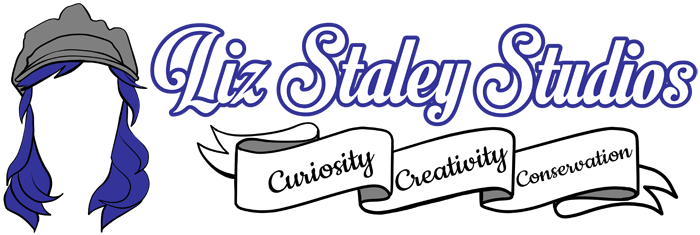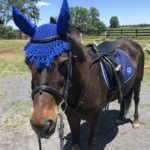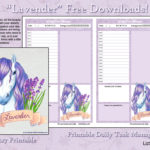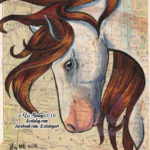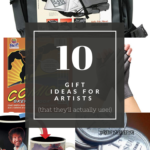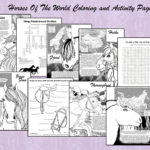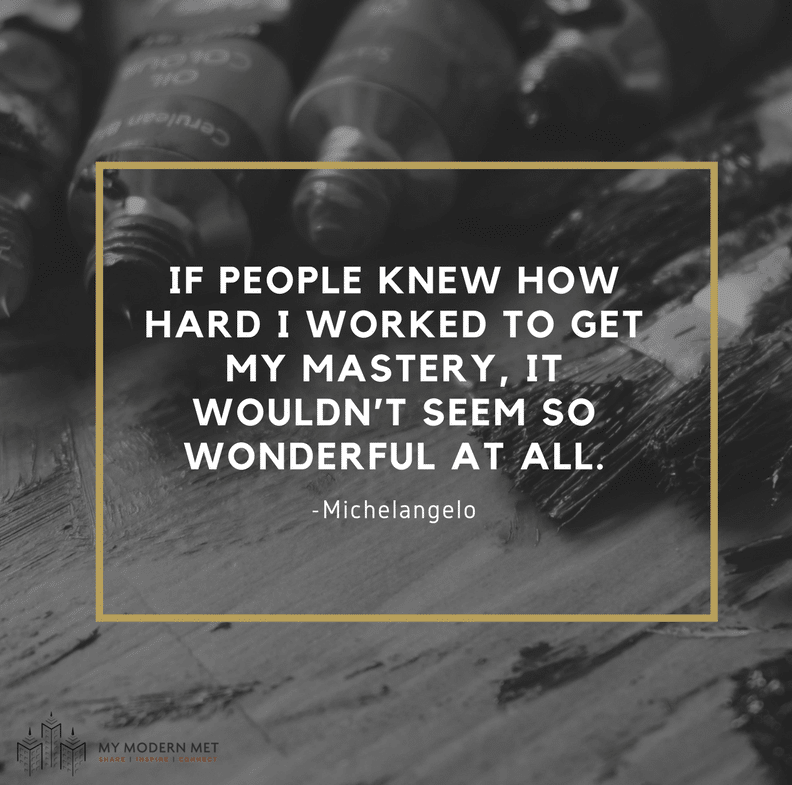
I used to have a fridge magnet my Aunt sent me that had a quote from Michelangelo on it. The quote said “I am still learning.” I remember being shocked at it when I received it, because certainly Michelangelo, one of the greatest artists in history, knew everything about art! But as I’ve gotten older, I’ve realized that an artist should always be learning. So here are five tips I’ve used to improve my horse illustrations.
These things have worked for me, and they might help you too. But every artist is different, so your mileage may vary. I’d love if you shared your own art improvement tips with me in the comments, as well! But for now, let’s get to the list…
Don’t Be Afraid to Use Reference!
This probably seems like a no-brainer, but you’d be surprised. There seems to be a stigma, for some reason, AGAINST using reference when you’re an artist. I’ve heard people say that it’s cheating, that you’re not a real artist if you use a reference, and that using a reference is no better than tracing! This is wrong, wrong, WRONG. Artists have been using reference since time immemorial, and you SHOULD be using reference if you want to draw things that exist in the real world. (And sometimes for things that don’t exist, but that’s a different blog article for a different time.)
How in the world can you draw something if you don’t know what it looks like? That’s how you get those hilarious Medieval paintings where the horses look like they have a human face!
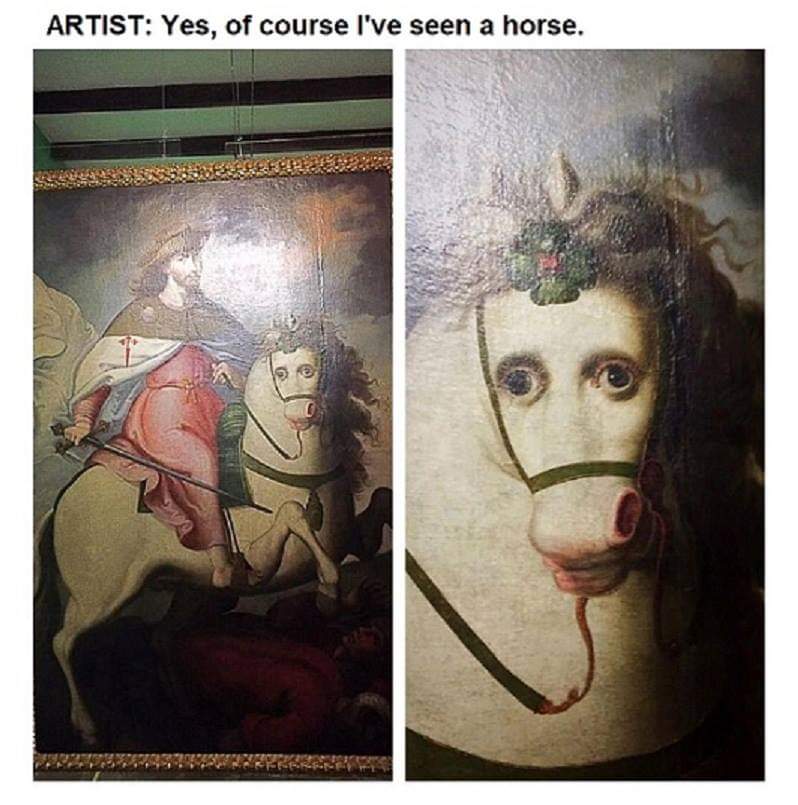
Now, there is a big difference between tracing and using reference. Tracing can have some benefits to improving drawing, like building muscle memory of forms and shapes. But drawing from reference without tracing is the best way to go. Take your own reference photos when possible, because photographs that you find on-line are copyrighted unless otherwise specified.
Look at the Negative Space.
Many artists look only at the form that they are drawing. However, as an artist, you need to learn to see the other spaces and angles, not just the form that you’re drawing. When you look at your reference image, look at the spaces between and around the forms (called the negative space), and see if they match. I often find myself using landmarks when drawing, such as saying internally to myself “The hoof of this leg is at the same height as the knee of the opposite leg, and the knee of this back leg is equal to this curve here.” It’s like building a road map in my head, looking at the space between the forms, the angles that they make, and the ways that different parts of the object match up.
Often we draw what we THINK something looks like, instead of drawing what something actually looks like. Our brains have a library of symbols that it substitutes in sometimes, kind of like a child’s drawing of an eye. A child’s drawing of an eye is a “symbol” of an eye and not a wholly accurate representation. Looking around the outside of the subject of the drawing can help improve the form by letting you see how accurate the drawing is.
(For more information on how to see the world as an artist, I recommend Drawing On the Right Side of the Brain, it really helped me out back in my high school years!)
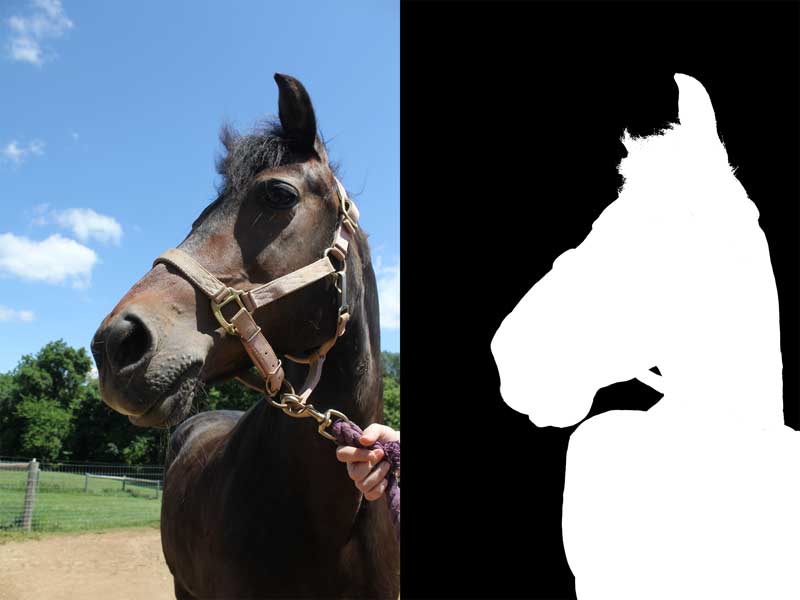
Consider Line Weight.
Okay, so your mileage may vary on this one depending on your art style. If you draw hyper-realistic and don’t use harsh lines in your images, then it probably doesn’t apply. But for those who do, make sure that you consider line weight in your drawing!
What is line weight? Having varied line weight means that the lines in your illustration aren’t all the same width. The general “rule” is that you should decide where the light source is in the drawing first. Then lines that are closer to the light source should be thinner than the lines that are in the shadows/farther away from the light source. In the example below, the lines closer to the top-left light source are thinner than the line under the horse’s cheek, where the shadow would be. Using a variety of line weights can add depth and dynamism to your drawing, and rhythm can be created with the changing thickness of the lines.
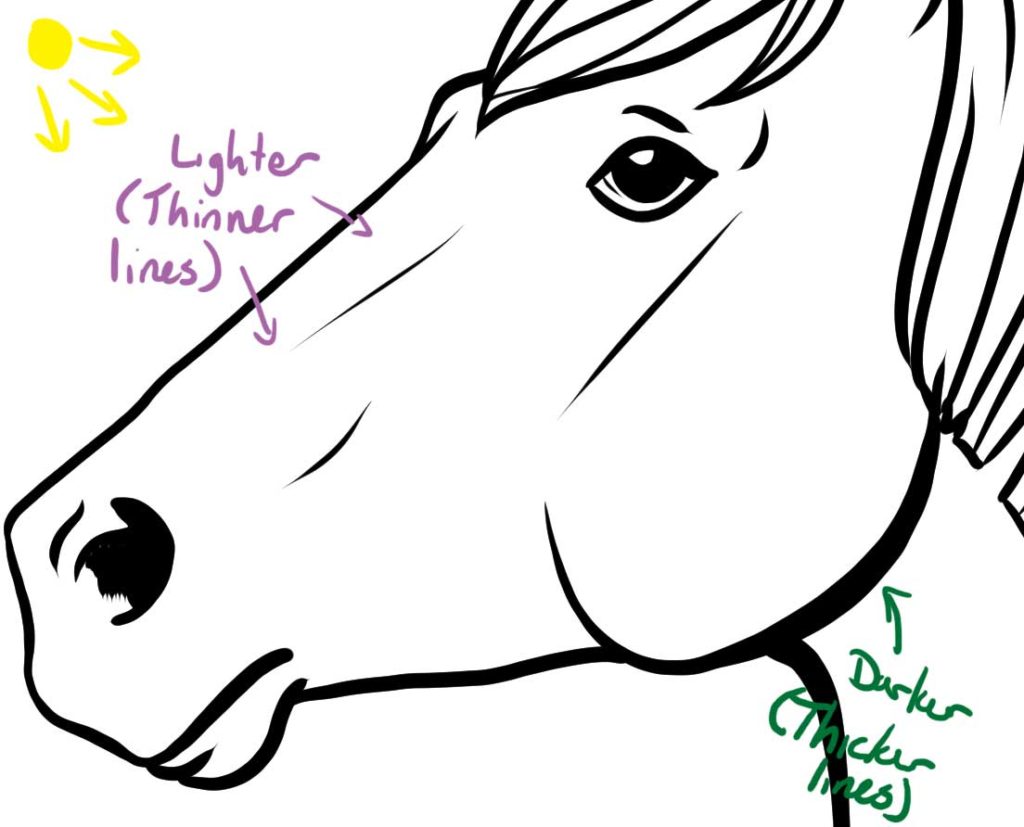
Concentrate on Areas You Struggle With.
Have trouble drawing hooves? Look up reference photos of hooves and draw 50 of them. Have trouble drawing legs? Draw 100 legs. Having trouble drawing horse heads in any pose but a straight-on profile? You guessed it- go get reference and draw what you’re having trouble with. Draw it over and over and over again- just loose sketches are good, you don’t need to have each sketch be a masterpiece.
Back when I was drawing cartoons and comics, I had trouble drawing human hands (who doesn’t, though, right?). So I would draw hands over and over and over again until I improved. If you’ve having trouble drawing something specific and you want to get better at it, don’t avoid drawing that thing! Instead, open up your sketchbook and do rapid-fire sketches of that subject until you get better.
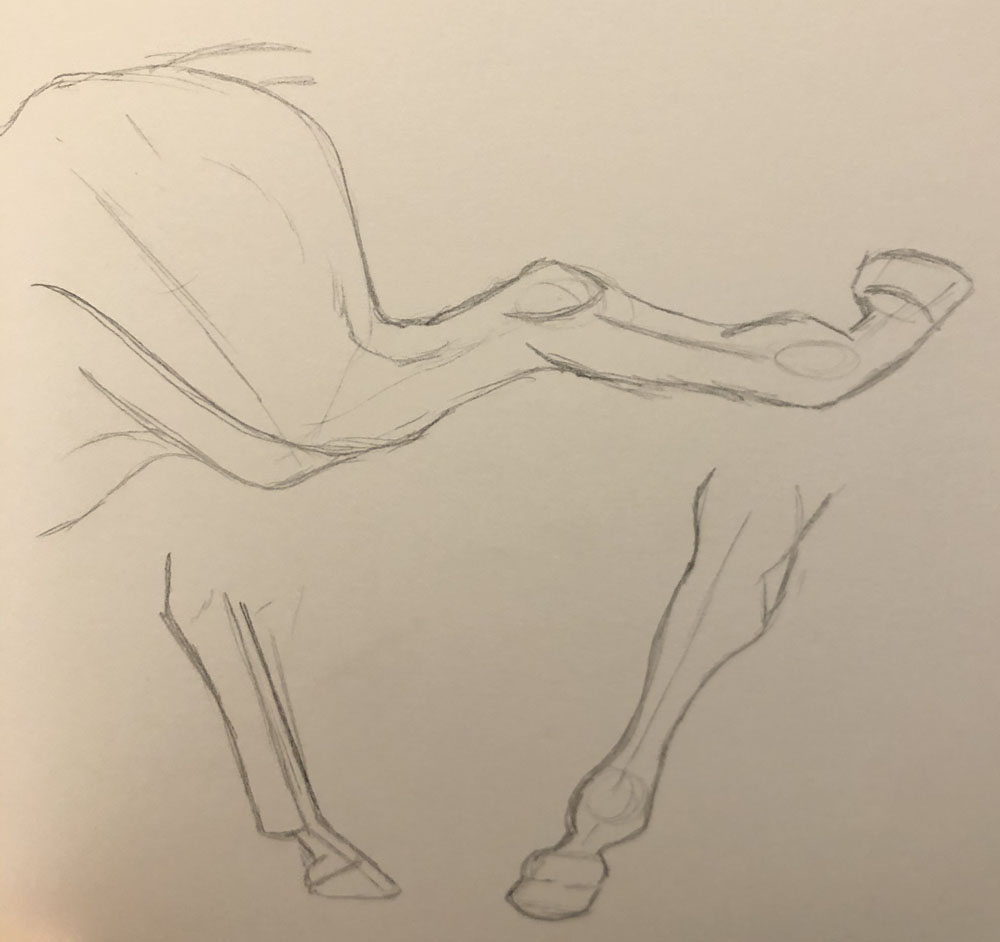
Observe Real Horses.
My final tip for improving your horse drawing (or any drawing) is to observe your subject as much as possible. Even when I’m just out brushing my horse, or standing in the paddock or stall with her, I’m usually trying to observe. I did the same thing when I worked at different barns because it gave me an opportunity to observe many different breeds of horses. Watching the real thing can allow you to get a feel for what the subject looks like in three dimensions, which can help when you go to render that subject in two dimensions! It seems like common sense, but I found that with my own art journey this wasn’t something that I’d ever been told or had really figured out until recently.
So if you can get out and observe the real thing- even if you can’t get out and draw from life- really looking with intent and observing your art subject can help improve your skills.
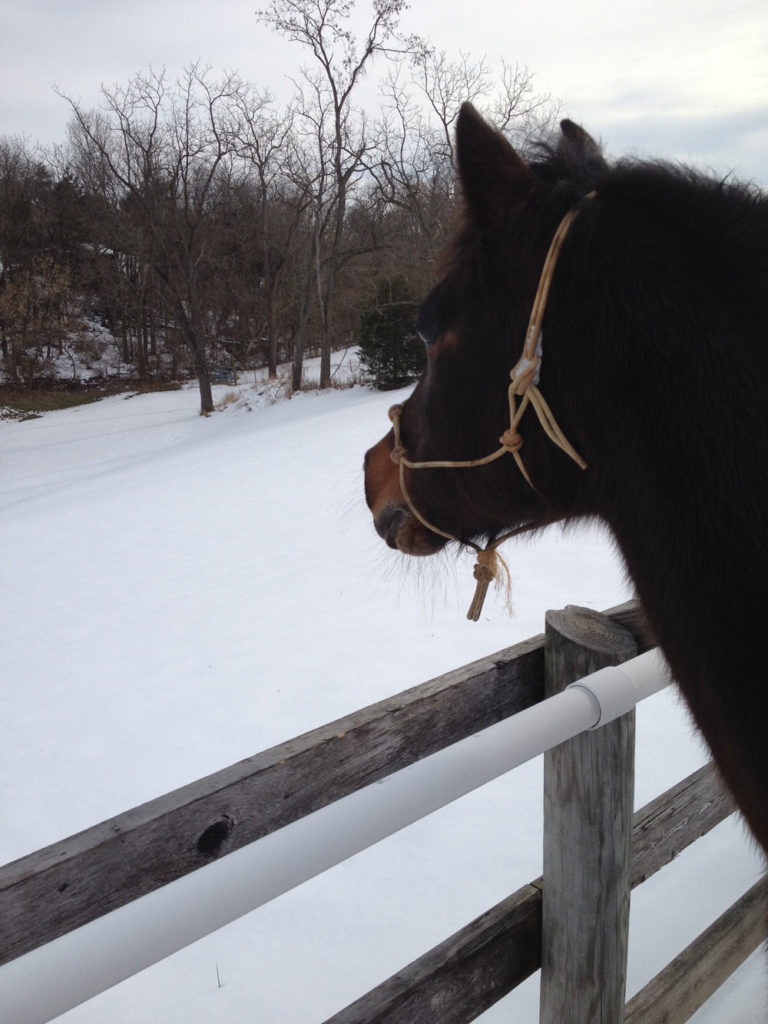
I hope these tips have given you some idea of things you can try to improve your drawing, whether you’re making art of horses or anything else! What things do you do to improve your art skills? Let me know in the comments! I’m always looking for new tips and techniques!
